…by Karna Small Bodman
This week some of us Rogue writers are discussing our “relationship” with the characters in our novels…is the heroine a mirror image of ourselves? Or could she be a composite of our wish list perhaps? And what about the hero, if we create one? Is he based on someone we actually know? Or does he turn out to be someone we wish we knew?
As I ponder these questions, my thoughts turn to other famous writers and what I’ve learned about the way they created their own characters. Take Agatha Christie, one of the most famous authors of detective stories in the world. Here was a young woman home-schooled by her father. I read that for some reason (that I don’t quite understand), her mother didn’t want Agatha to learn to read until she was 8 years old. And so, the youngster taught herself to read at the age of 5 and went on to devour all sorts of stories, eventually writing her own at age 18.
 |
| Agatha Christie as a child |
Later she and her family lived in several countries including Egypt and France. It was there during WWI that she wrote her first detective novel — on a bet with her sister who said she couldn’t write one (little did she know!). It’s said that Agatha “found” her characters on a tram in Torquay. It was there that she encountered Belgian refugees and came up with the idea of creating a Belgian detective forced out of his country. And so, Hercule Poirot was “born.”
As for her “expertise” in the various methods that her villains used to “dispose” of their victims, Agatha Christie certainly followed that old maxim, “Write what you know.” It turns out she learned all about poisons and their varying effects by working in a hospital dispensary. In fact, her use of that knowledge gained a review of her novels in a rather famous Pharmaceutical Journal of the day.
 |
| Ian Fleming |
What about male authors creating characters? I’ve often had the sense that many men, especially those writing thrillers, base their characters on a “wish list — I wish I were that guy.” Let’s talk about Ian Fleming. He served as a Naval Intelligence Officer during WWII and had planned a “special op” known as Operation Goldeneye (sound familiar?) In fact, this experience became the basis of his first novel, Casino Royale in 1951. He also came from a wealthy family and was often described as handsome, erudite, debonair — all traits found in the most attractive character of James Bond.
So he certainly wrote “what he knew.” However, I’ve often wondered if Officer Fleming ever was threatened by a mad man, chased by a steel-toothed thug or carried out a singular operation where he alone thwarted a sinister plot….all the while attracting gorgeous “Bond girls” in the process. (Well, I’m sure there were plenty of few pretty ladies in his background – but were they like the ones with James?)
Now to answer the initial question about whether my own characters are a mirror image – gracious no! I love to create strong women who are MUCH smarter and a great deal more clever and risk-taking that I could ever be. In fact, in my very first thriller, Checkmate, I created a (continuing)character, Dr. Cameron Talbot, who works for a defense contractor and invents a breakthrough

technology for a defense against cruise missiles. My husband and I came up with what I thought was a rather crazy scheme based on the use of frequencies. Cameron figures out the frequency the bad guys are using to “guide” a missile to an exact target. She utilizes the same frequency to track, invade and take over the missile. Then through reverse engineering, she is able to turn it around on the heads of the bad guys. So, in the story I explain what she did, but not precisely how she did it since I actually didn’t have a clue how it could really work. And, of course, I made it a Top Secret project. Several years later I happened to be at a luncheon in Washington, D.C. where I sat next to a man working in the intelligence field. He asked about my books and I told him about how my character, Cameron Talbot invented this new technology. When I described this “pipe dream” I had written, he stared at me, leaned over and whispered, “We can do that now.” I was stunned. But, of course, I still don’t know how my “much smarter than I am” character actually did it.
As for the hero in that story, I created a man who served on the staff of the National Security Council in The White House. I did base that character on some of my former colleagues there on the NSC (where I served for several years). So I suppose I would have to say that particular thriller turned out to be a combination of “Write what you know” and “Write what you wish you knew or wished what you could be.”
Last week when we had the great writer Lee Child as our guest blogger, he was asked if he writes what he knows — and he replied, “No, I write what I feel.” So then I wondered if he “feels” the threats that his terrific character Jack Reacher faces. I figure he must — because he comes up with such great plots, challenges and solutions in his own thrillers.
What about you? Do you think your favorite characters are based on their author’s own lives, the author’s wish list, or something entirely different? Share your thoughts with us in a comment below. And thanks for visiting us here on Rogue Women Writers.
…submitted by Karna Small Bodman



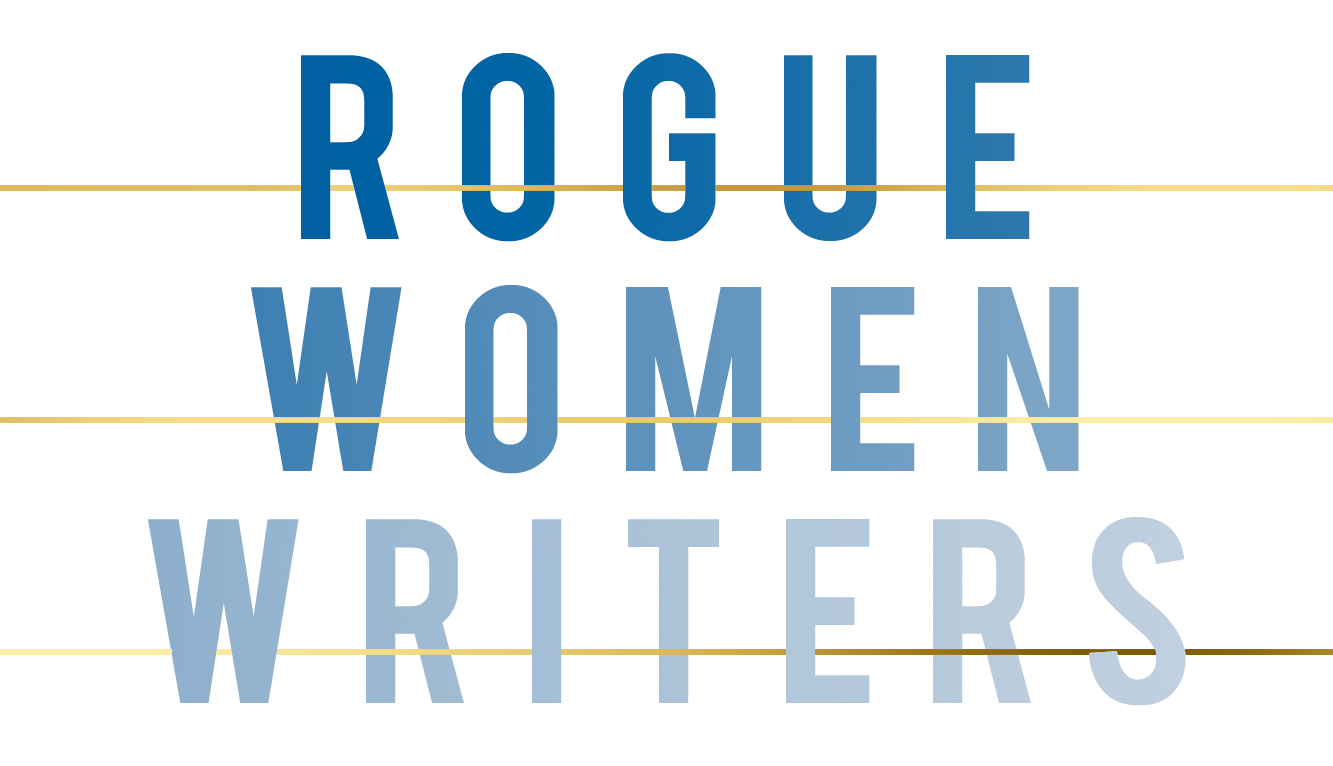



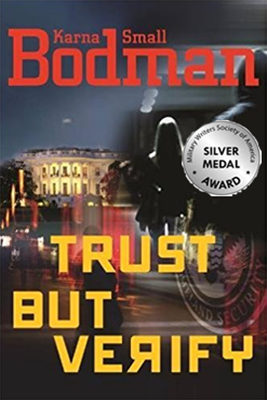
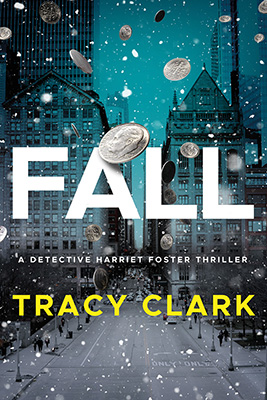
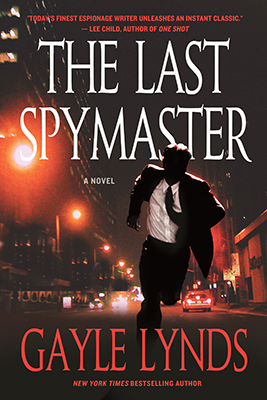
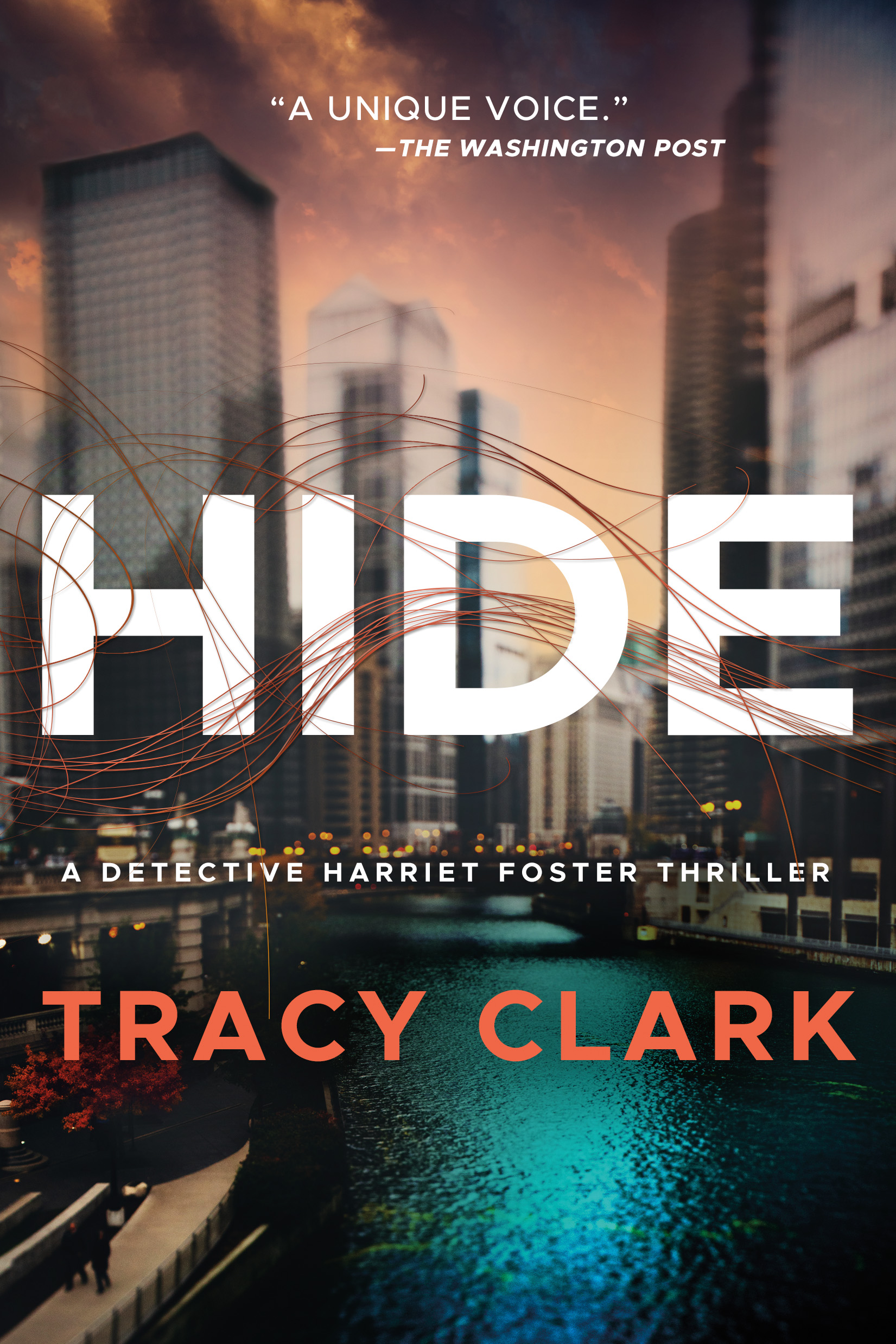
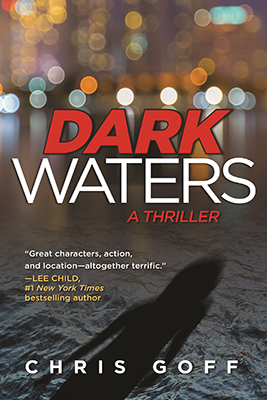
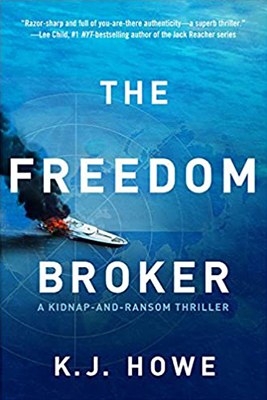
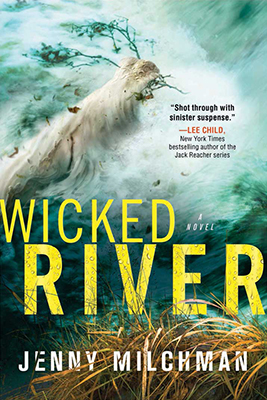
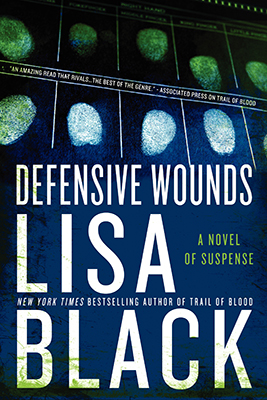
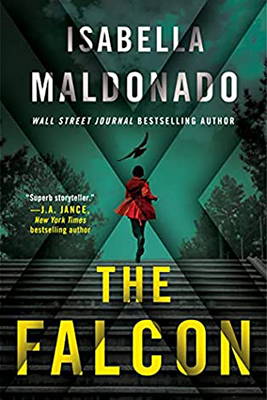
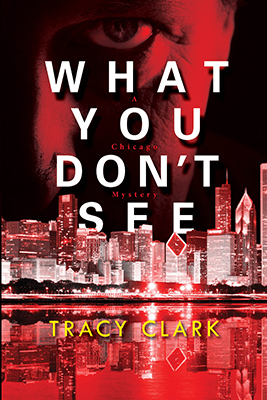
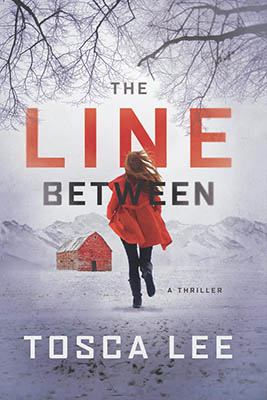
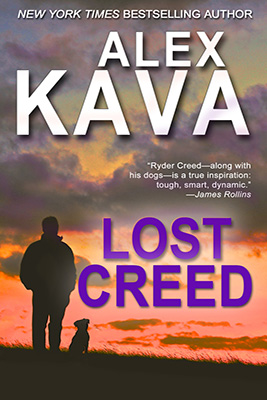
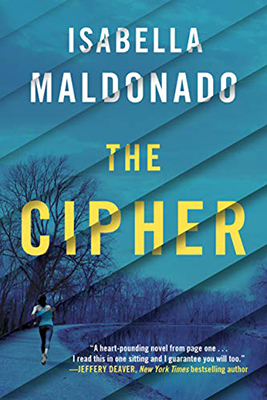
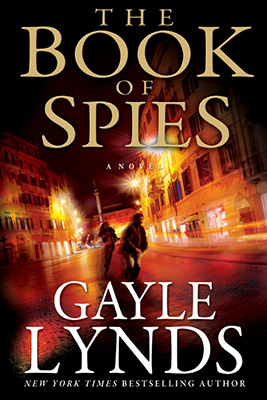
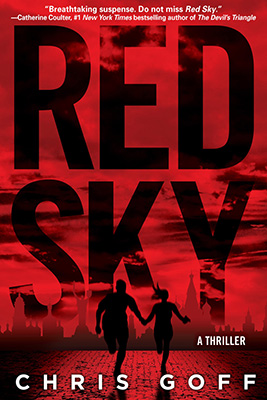
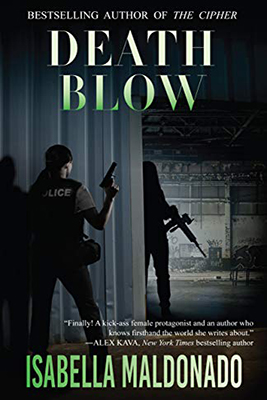
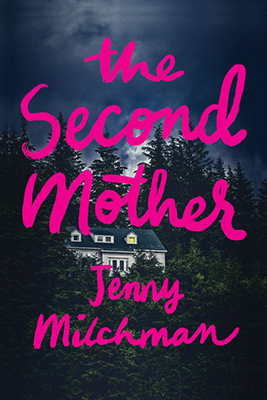
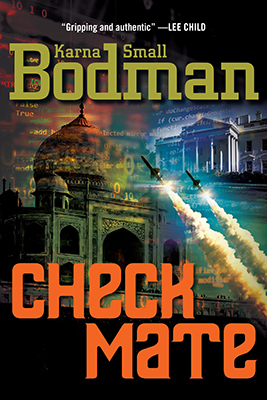
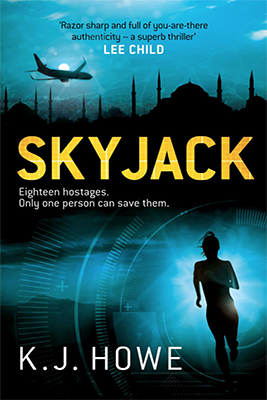
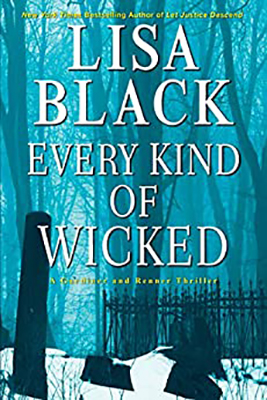
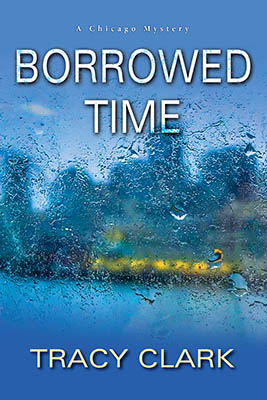
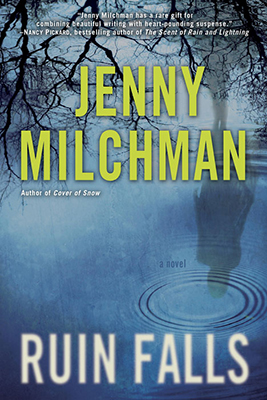
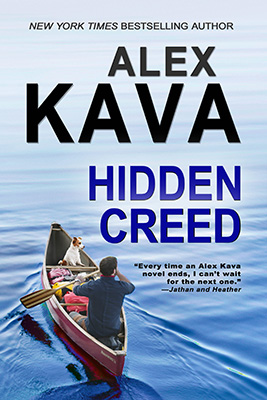
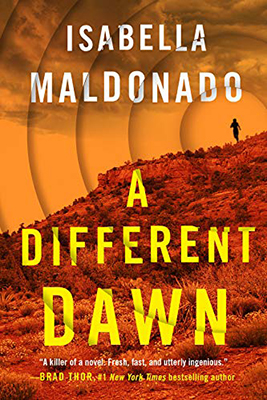
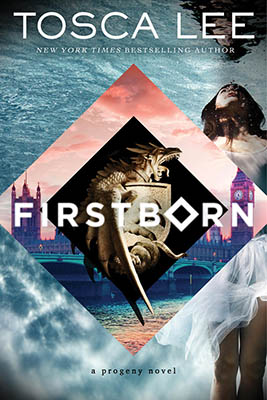
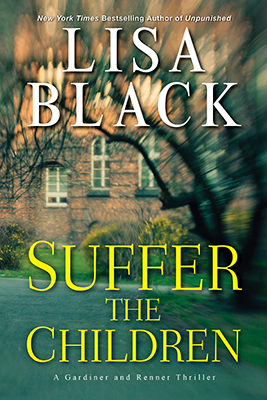
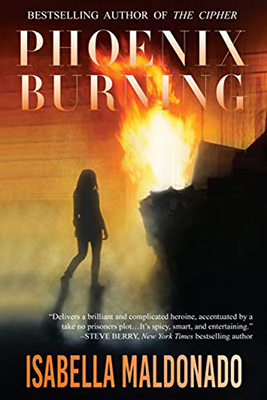
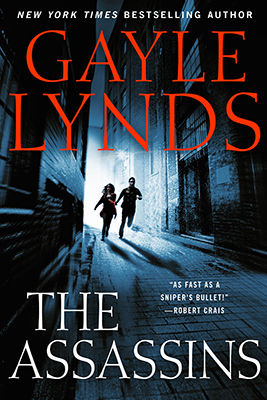

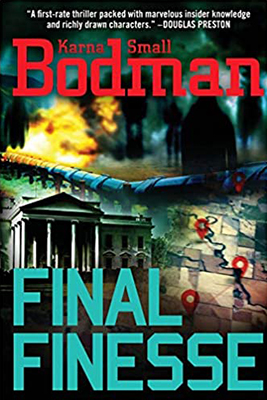
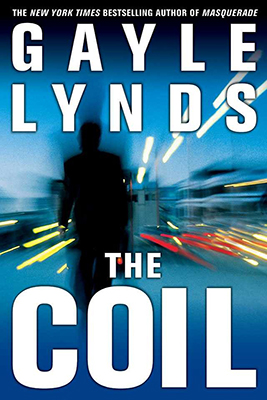
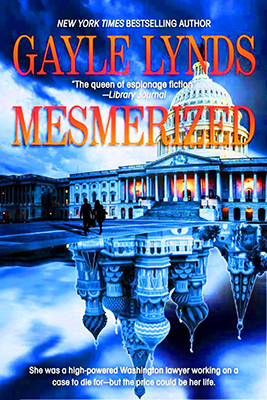
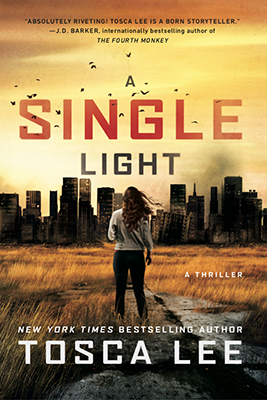
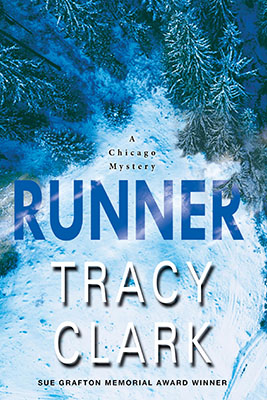
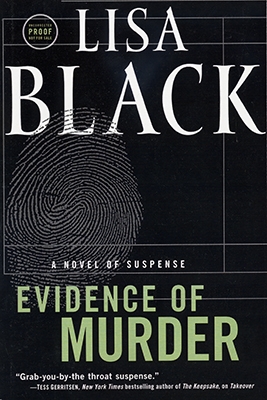
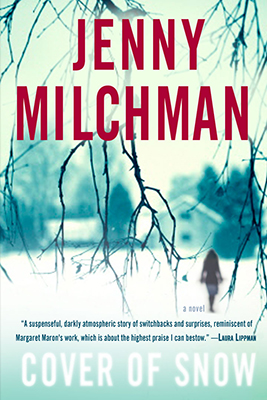
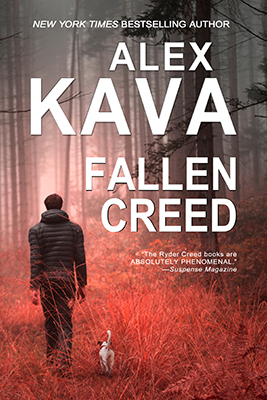
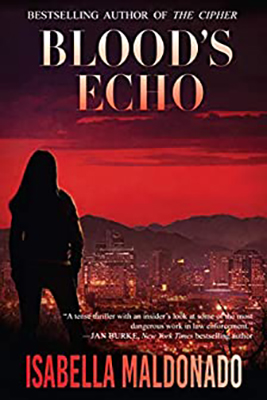
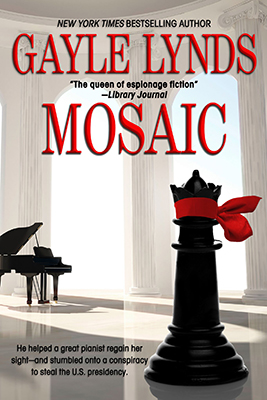
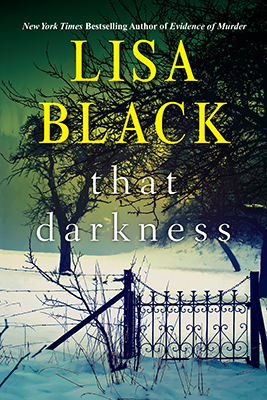
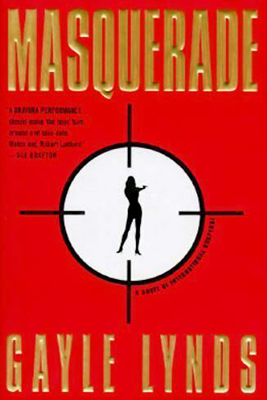
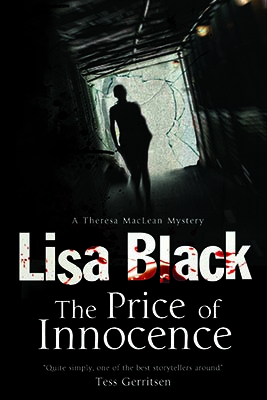
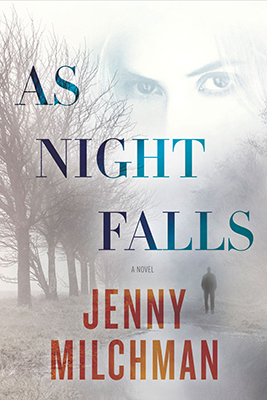
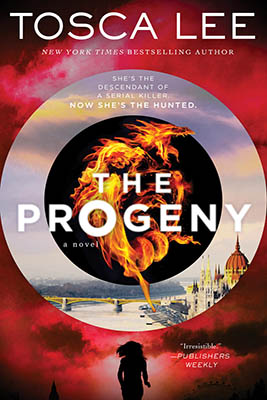
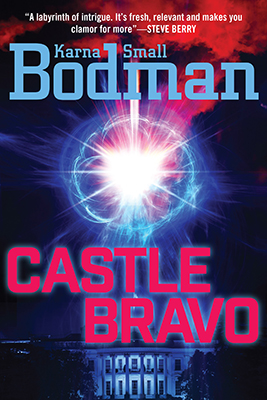
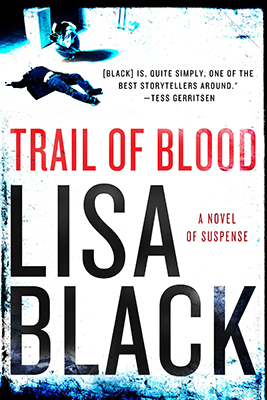
Karna, I love that you imagined a technology before it was invented–the mark of a truly creative author! And thanks for sharing Agatha Christie's history. I had no idea!
Great history of literature, and great discussion on how to create characters. One caveat: I don't accept that your characters are much smarter than you are. Greater risk takers, maybe. After all, none of us are out in the world chasing villains. We're all safe at home, putting our imaginary people in danger. But more clever than you? Nah.
Appreciate your comment, Sonja. As for "inventing" that technology, several othr aspects of that first novel, CHECKMATE also came true (which kind of freaks me out). I did a lot of research to come up with the villains in the story and discovered a (then) little known militant group, Lashkar-i-Taiba, and named them in the book – they were planning an attack on India. Again, several years later, the Indian city of Mumbai was attacked by — yes — Lashkar-I-Taiba. And remember the "shoe bomber" Richard Reid? Turns out he was trained by Lashkar. Then again, there are many thriller writers who do seem to be prescient, aren't there!
In my latest story, the lead characters are based on my father. The villain is purely pragmatic — heartlessly so. That's the person I grew up with. My hero is someone of immense physical power and scary demeanor who turns out to be kindly. That's the person I wish I'd grown up with.
What a stimulating post, Karna. The relationship between creator and creation is endlessly fascinating, and you bring new insight to it.
Ian Fleming had plenty of first-hand experience while with British Naval Intelligence during World War II. But his inspiration for Bond, and that famous scene in Casino Royale, came from an undercover op named Dusko Popov, a Serbian working for the Nazis but secretly under the control of MI6. Fleming shadowed Popov one night as the double-agent made his way to Casino Estoril in Portugal where he humiliated a blowhard at the baccarat tables whose manners offended him. Here's a description from biographer Larry Loftis in his wonderful book "Into the Lion's Den":
"Years later Ian Fleming would re-create the scene in "Casino Royale," his first novel. In the fictional version, Casino Estoril became Casino Royale…In both the Estoril reality and the novel re-creation, the game is baccarat and the villains are 'holding the bank.' In both scenarios the villains are fleeing ruthless enemies …In both cases, the hero is a charming and courageous British secret agent (Popov in 1941, Bond in 1953)–who happens to be a gallivanting playboy. In both instances, the hero throws down an outrageous bet with MI6 money. Even the amount of the bets is roughly identical…Finally, in both scenes, a second intelligence officer with watching with keen interest (Fleming from British Naval Intelligence in 1941, Mathis from … French Intelligence in 1953)."
I recreate that scene, with some embellishment, in my next book, "Cloak and Dagger," set initially, at least, in Estoril. We'll be visiting there for research purposes later this year, staying next door at the Hotel Palacio Estoril, where
Fleming hung out, and, of course, will have drinks in the Spy Bar, which became noted during the war for its martinis always being shaken, not stirred.
Thanks for your extensive comment, Jeff. It's interesting that some articles written about Ian Fleming's inspirations for his novels indicate that Casino Royale was connected to that operation "Goldeneye" that he managed during WWII…and yet you have some great info about a different op, "Dusko Popov" — thanks for telling us about it….along with word of your next book, "Cloak and Dagger." I look forward to checking it out. Thanks for visiting our Rogue website.
I'm going out and getting a copy of "Into the Lion's Den" right now!
Your article made me think of something I read recently about Hedy Lamar. She actually invented and patented an idea that became the basis of both secure military communications and mobile phone technology, while still having a fabulous career as a beautiful, talented actress. I think we write characters — at least protagonists — that people like to imagine themselves being.
Yes, Chris – you are absolutely right about Hedy Lamarr. In fact, her life story was one of the inspirations for that first book of mine, CHECKMATE. Because as you said, she figured out (working with a famous pianist who was a neighbor) how to make frequencies change quickly – they got a patent, it was called Spread Spectrum, and we still use it today. Thanks for your reply.
Yes. While Fleming was in Portugal and Spain, he was developing a strategy for how the Allies would respond if Spain entered the war on Hitler's side. He called it operation Goldeneye. That effort was generally contemporaneous with the Casino Estoril episode. After the war, Fleming purchased an estate in Jamaica and named it, you guessed it, Goldeneye.